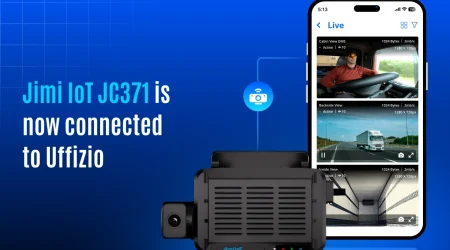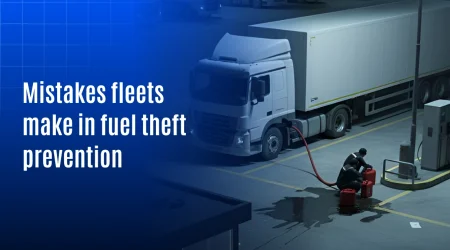How Cities Are Improving Waste Management Through Real-Time Monitoring

Cities today face a tough challenge keeping streets clean while managing growing populations and rising waste. Traditional collection methods rely on fixed schedules and guesswork, which often lead to overflowing bins in some areas and unnecessary pickups in others. Consequently, the result is wasted fuel, higher costs, and frustrated citizens.
Consequently, real-time monitoring is changing this story. With live insights into bin levels, vehicle movement, and collection activities, cities no longer operate in the dark. They can make smarter decisions, respond faster, and run cleaner, more efficient waste systems. For modern municipalities, this shift isn’t just an upgrade, it’s becoming the backbone of reliable urban services.
Why traditional systems are falling short
Conventional, static waste management systems struggle with:
- Missed or duplicate pickups
- Overflowing bins
- Rising fuel and labor costs
- Lack of on-ground visibility
- Plans are reactive, not proactive
These challenges not only raise operating costs, they damage public trust and degrade community cleanliness.
The impact of real-time monitoring
- Smarter route optimization
Vehicles are deployed only when necessary, minimizing empty runs and avoiding traffic delays. This results in fuel savings, reduced emissions, and less wear-and-tear.
- Faster response to issues
Overflowing bins or skipped pickups trigger immediate alerts, allowing teams to resolve problems before they escalate or spark complaints.
- Lower operational costs
Optimized collection reduces labor and fuel expenses, plus fewer emergency cleanups.
- Data-driven planning
Moreover, historical data reveals trends in waste generation, peak hours, and service gaps enabling informed decisions on routes, bin deployment, and staffing.
- Increased citizen satisfaction
Faster responses and better communication build public trust. Real-time updates via apps or dashboards enhance transparency.
Proven results from real-time monitoring
Cities that have embraced real-time waste monitoring report:
- Fewer missed pickups
- Better fleet utilization
- Measurable reductions in fuel consumption and operational overhead
- Cleaner streets and happier residents
What to look for in a real-time monitoring platform
When evaluating such a platform, consider:
- Compatibility with various bin sensors
- Live GPS vehicle tracking
- Dashboards with intuitive, color-coded alerts
- Historical data and customizable reports
- Integration with smart city systems
- Mobile apps for field teams
Therefore, a truly adaptable system should work confidently across communities and workflows.
How real-time monitoring supports city goals
Additionally, real-time monitoring aligns with larger urban and environmental goals:
- Sustainability: Cuts emissions and fuel use
- Compliance: Helps meet local regulations and reporting standards
- Resource efficiency: Maximizes staff and fleet performance
- Trust & transparency: Enhances public confidence in municipal services
Conclusion
As a result, real-time monitoring brings a new level of control and efficiency to waste management. It replaces guesswork with accurate data, giving full visibility into bin levels, fleet movement, and collection activities. This allows issues to be resolved before they become problems, routes to be planned with precision, and resources to be used more effectively. Most importantly, it creates a sustainable model of waste management that is ready to meet the challenges of the future.



